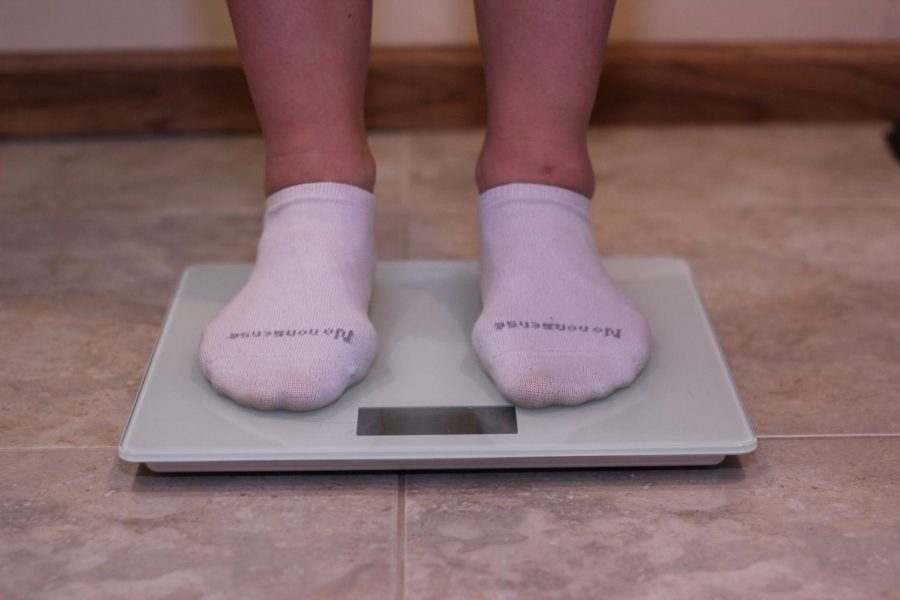Beyond The Scale
In most facets of life, someone somewhere has received the burden of struggling at one point or another. Possibly these struggles are rare in occurrence, or that person is given the luck of the draw with countless struggles to their name. Those struggles can be controlled by their possessor or be completely unsolvable. Stepping onto the scale and watching the numbers climb higher, or maybe lower, than you hoped for is a struggle that normal individuals have ingrained in their brain to not go through. Regret is smeared across the face of those feet that stepped onto the scale and didn’t like what they saw. Hopeless is the defining word that is stamped across their forehead.
Whether or not the individual’s final flashing number is above or below their height average, that person’s self image instantly comes to mind and that number is their definition. Their definition of the person they are, the definition of the clothes they wear, the definition of the activities they pursue. The small number at their feet provides a bigger impact than any “major” life issue. It all comes down to how people perceive them and how that impacts how they view themselves.
“It seems [people] are always watching what they are eating to help their body and worrying about what others think of their body,” sophomore Miranda Chamberlin said. “Even though [people of varying size] are in different positions there are some similarities between their thoughts.”
It can safely be assumed that that in today’s world the above-average scale recipients are deemed inferior to their lower-number counterparts. Pop culture and media are just some of the sources accountable for this assumption. Because of this, many patrons all over the world ask themselves questions pertaining to, “am I that size?” or “is my butt like that person’s?”
“[People of all sizes] worry about how they look and how others will think of their body,” sophomore Lily Highley said. “[They] all [have] the same problems, just [with] different [numbers].”
Even if two individuals are on the polar opposite sides of the scale spectrum, they can still feel the same feelings as if they swapped places. The below-average scale reading receiver is normally glorified by society.
“The skinny person is the ideal body figure nowadays,” Highley said. “When people see someone so skinny they say, ‘oh, your body is so perfect! I wish I could have your body’ because everyone wants to be skinny.”
Witnessing marketing from top-notch brands portraying that “all sizes are beautiful” is just the beginning of an emerging movement for body empowerment, rather than change. If anyone battling with the scale sees these ads and knows it’s okay to be who they are, then they shouldn’t have a problem truly discovering themselves in a positive self image state.


